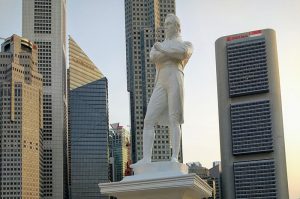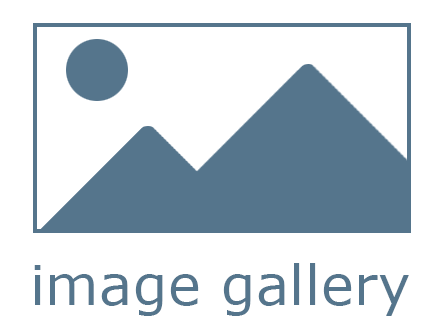Singapore is the third largest port in the world, which is special because the densely populated island with about 5 million inhabitants and miniscule size is a small city-state, without natural resources. But it is located on the Straits of Malacca, one of the busiest and most strategic straits in the world, through which a lot of shipping between Europe, Southeast Asia and China passes. About 130,000 ships enter every year. In addition to many container ships, bulk ships and tankers, around thirty cruise ships also come to Singapore every year.
In the thirteenth century, there were a few small, native settlements on the jungle-like island. In the fourteenth century, there was already a Chinese community. Chinese explorer Zheng He visited the coast of Singapore in 1405, one of his collaborators made a nautical map of the area.
In 1819 the English sailor Stamford Raffles landed here, researching for the East India Company in this area where the British could  establish a suitable port and trading post; they aimed to reduce the strong Dutch influence in the region. Raffles wanted to establish a tax-free port in order to better compete with the Dutch in the port of Batavia, where the ships had to pay taxes. And so it happened. The different populations of Singapore all had their own neighborhood: the European traders, the Chinese, the British administrators in their beautiful buildings. Singapore became a transit port. First the East India Company ruled the island, later it became a British crown colony.
establish a suitable port and trading post; they aimed to reduce the strong Dutch influence in the region. Raffles wanted to establish a tax-free port in order to better compete with the Dutch in the port of Batavia, where the ships had to pay taxes. And so it happened. The different populations of Singapore all had their own neighborhood: the European traders, the Chinese, the British administrators in their beautiful buildings. Singapore became a transit port. First the East India Company ruled the island, later it became a British crown colony.
In 1965, Singapore, as small as it was, became an independent country. The island had no raw materials, drinking water, agriculture, and no hinterland. Singapore had emerged devastated and destitute from World War II. But much earlier, in 1954, a social democratic party, the Peoples Action Party (PAP), had been founded on the island by young, progressive politicians who had studied in England. The leader was Lee Kuang Yew. They went to work hard. They invited western entrepreneurs and bankers to invest and settle in Singapore, they provided good education, good health care, good housing, good infrastructure and a strong army, and they drew up long-term plans. By embracing capitalism, by planning, and by globalization, the standard of living soared.
The PAP government is still in power, whose policy has an intriguing mix of authoritarian rule, capitalist development and social measures.
Since 2014, the port authority has been working on a huge project: land is being reclaimed on the west side of the island and there, the largest container port in the world will be built, with doubled capacity. The various existing ports will disappear and will be converted into this new Tuas port.




